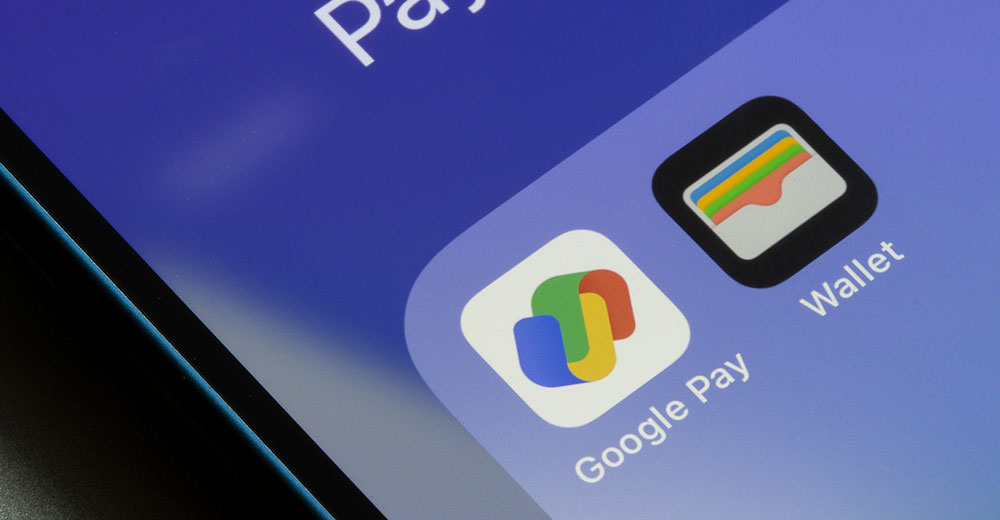A gang of big banks, including Wells Fargo, Bank of America, and JPMorgan Chase, are reportedly preparing to launch a digital wallet product to compete with those offered by tech heavyweights Apple, Google, and PayPal.
The bank wallet — which is being developed by Early Warning Services (EWS), a bank-owned enterprise that operates the money transfer service Zelle — would be linked to a consumer’s debit and credit cards and allow them to buy from online merchants more easily, the Wall Street Journal reported Monday.
Other banks in the venture include Capital One, PNC Financial Services, U.S. Bancorp, and Truist Financial Corp.
“The motivation here is to try to slow down Apple’s and Google’s growth in the financial transaction space,” said Ross Rubin, principal analyst with Reticle Research, a consumer technology advisory firm in New York City.
“The banks want to reclaim the share of the transaction Apple gets when a credit card is used with Apple Pay,” Rubin told the E-Commerce Times.
Competition in the Financial Services Sector
According to the Journal, the banks are worried about losing control of their customer base and see Apple, in particular, as a significant threat, especially with its reported moves into savings accounts with Goldman Sachs and into a possible buy now, pay later offering.
“Financial services are all threatened by digital wallets. That is why Goldman Sachs partnered with Apple to stay ahead of the competition,” Tim Bajarin, president of Creative Strategies, a technology advisory firm in San Jose, Calif., told the E-Commerce Times.
Financial services firms operate in a highly competitive space and undoubtedly are aware of Apple and PayPal’s growing aggressiveness, added Mark N. Vena, president and principal analyst at SmartTech Research in San Jose, Calif.
“Apple and PayPal, for the most part, have focused on consumer and small business transactions, while the legacy financial services firms have focused on the large organizations, corporate business transactions, and mortgages,” Vena told the E-Commerce Times.
“If Apple and PayPal start to explore those areas, you’ll see heightened activity from the legacy financial service firms to attempt to ‘cut that off at the pass.'”
Banks Must Overcome Consumer Inertia
The Journal noted that the banks expect 150 million debit and credit cards will be eligible for use with the new wallet when it’s introduced. Any U.S. consumer whose payments on their card are up to date, who has used their card online, and who provides an email and phone number will be able to participate in the program.
While the details of the user interface are still being worked out, the Journal explained, the wallet will likely involve typing an email address on a merchant’s checkout page, using EWS’s backend connections to the banks to load a buyer’s credit card into the wallet and the buyer choosing which card to use to make a payment.
Although integration with the banks will be beneficial for the wallet, it will need more than that to attract customers.
“In order to encourage adoption, the banks are going to have to do something that adds value for the consumer to make a switch,” observed Dayna Robyn Radbill, a senior research director at Gartner.
Merely enrolling consumers into the wallet program won’t make it a success, she added. “It must be more than just enrolling — which they might be able to achieve when someone opens a bank account — but in actually getting usage, because right now, consumer needs are fairly well-served by their existing plastic cards or the mobile wallets that are already out there,” Radbill told the E-Commerce Times.
“Consumers are creatures of habit,” she added. “The biggest thing to overcome is inertia. It takes a lot more to get a consumer to change their behavior when their needs are already met than when there is a gap in their current experience.”
Rough Road for Newbies
Even if the banks are successful with wallet enrollment, they still need to make a compelling case to merchants, Radbill continued.
“That’s probably going to require some technical investment on the merchant’s side,” she said. “So the merchant needs to be convinced that there’s something in it for them.”
“Typically, they want to see a huge consumer base using and demanding a particular wallet,” she explained. “The challenge will not only be to get consumers to use it, but to get merchants to sign up for it, too.”
Bajarin noted that introducing a bank wallet is less about gaining an advantage through digital innovation and more about staying competitive and keeping service fees for the banks.
“PayPal, Apple Pay, and Android pay services have a huge lead in digital wallets,” he said. “The challenge for the banks will be to market this to their own customers and convince them to use their service over competitors.”
Vena pointed out that there are high hurdles for getting into the digital wallet space as a newcomer.
“The space is already crowded, and differentiation in surfaces is becoming more difficult,” he told the E-Commerce Times.
“Newcomers must have massive capitalization to enter the market — which often requires partnering with an established bank or financial institution — and competitiveness over fees makes it difficult to drive reasonable profitability,” he continued.
“The field is so crowded with big names like Apple, Google, Venmo, PayPal, and others,” he added, “that it’s very difficult for a newcomer to clearly articulate a compelling, differentiated value proposition versus the established players.”
Home Screen Presence
Rubin argued that consumers don’t need multiple digital wallets.
“On a phone, one is provided by default by the operating system vendor,” he explained. “Other vendors have wallets, but they don’t have the integration into contactless payments that Apple and Google have.”
The banks may be able to strike a deal with a phone maker to get some visibility on a home screen, he noted. “With Samsung phones, you can pay with Google or Samsung, but with Apple, it would be more challenging because the platform is more closed to those types of things,” he said.
“However,” Rubin added, “there has been regulatory pressure on Apple to open up its ecosystem. If this new initiative could establish itself, the banks could perhaps lobby for consumer choice in digital wallets to pay for things on Apple phones.”
Vena noted that it will be difficult for the banks to compete against technology companies for the hearts and minds of consumers because of the close relationship those companies have with their customers.
“This is particularly true of Apple due to their business model,” he said. “Because of this reality, several financial services firms have opted to partner with the likes of Apple because they understand the strength of Apple’s brand and customer relationships.”


























































Social Media
See all Social Media